The Ultimate Indian Butternut Chicken Recipe: A Global Spice Adventure You Can't Miss!
Spice lovers, prepare your taste buds for a global culinary journey with our star attraction — the Indian Butternut Chicken Recipe. This dish is a perfect marriage of tender chicken and sweet, earthy butternut squash, all kissed by the warm embrace of traditional Indian spices. Whether you're a seasoned chef or a weekend kitchen warrior, this recipe will have your kitchen smelling like a spice market in Mumbai — minus the airplane ticket.
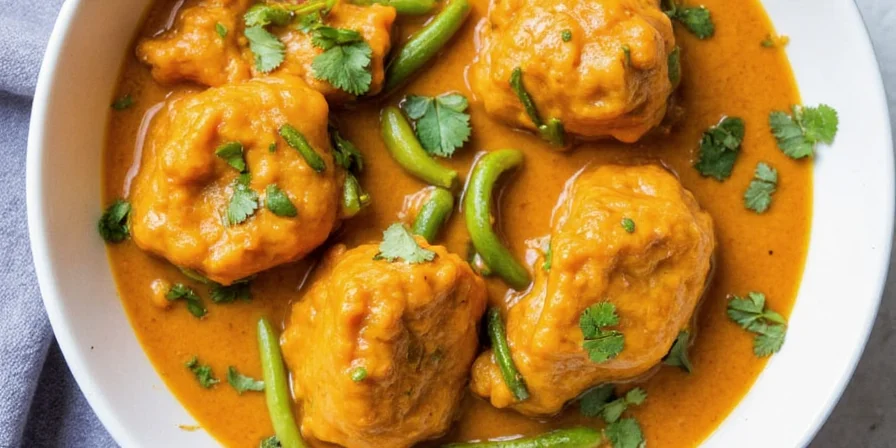
Table of Contents
- Why You'll Love This Indian Butternut Chicken
- Ingredients Breakdown: What You Need to Know
- Step-by-Step Guide: Cooking Like a Pro
- Spice Talk: The Role of Indian Spices
- Serving Suggestions & Flavor Pairings
- Make-Ahead Magic & Storage Tips
- Common Mistakes & How to Avoid Them
- Conclusion: Your Ticket to a Spicy Global Feast
Why You'll Love This Indian Butternut Chicken
This isn't just another curry recipe — it's a full-on sensory experience! Here’s why you’re going to fall head over heels for this Indian Butternut Chicken:
- Sweet meets savory — The natural sweetness of butternut squash pairs perfectly with the deep umami of chicken.
- Comfort food reimagined — Creamy texture, rich spices, and tender bites make this a soul-soothing meal.
- Global spice blend — It brings together cumin, turmeric, garam masala, and more in one harmonious pot.
- Versatile — Serve it with naan, rice, or even over quinoa for a modern twist.
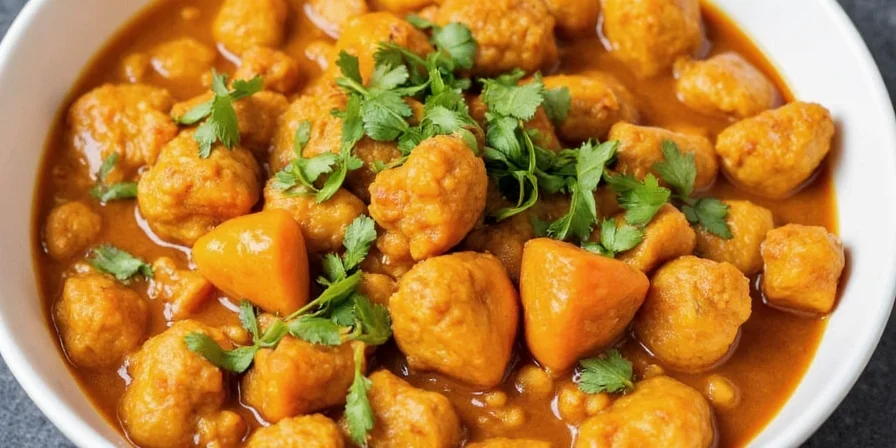
Ingredients Breakdown: What You Need to Know
Gathering ingredients is half the fun when it comes to cooking global dishes. Here’s a breakdown of what you’ll need, along with a few handy tips to keep in mind:
| Ingredient | Quantity | Substitute / Tip |
|---|---|---|
| Chicken thighs (boneless, skinless) | 500g | You can use chicken breasts, but thighs are juicier and more flavorful. |
| Butternut squash (peeled and cubed) | 400g | Pre-cut squash saves time; just make sure the cubes are uniform for even cooking. |
| Onion (chopped) | 1 large | Use red or yellow onions for depth of flavor; avoid white onions if possible. |
| Garlic (minced) | 3 cloves | Fresh garlic is best; avoid jarred unless necessary. |
| Ginger (grated) | 1 tbsp | Use fresh ginger root for maximum aroma and zing. |
| Cumin seeds | 1 tsp | Toasted for extra fragrance |
| Turmeric powder | ½ tsp | Add at the start to infuse oil with color and flavor |
| Garam masala | 1 tsp | Add toward the end to preserve its aromatic complexity |
| Paprika (for color) | ½ tsp | Optional but gives a beautiful hue without adding heat |
| Coconut milk (full fat) | 400ml | Creates richness; light coconut milk works in a pinch |
| Olive oil or vegetable oil | 2 tbsp | Neutral oils work best to let spices shine |
Step-by-Step Guide: Cooking Like a Pro
Let’s get into the nitty-gritty of making this dish. Don’t worry — it’s easier than you think!
- Prep your ingredients: Chop, peel, grate, and measure everything before you start cooking. This is known as mise en place — a French term that means “everything in its place.”
- Heat the oil and toast the cumin: In a large skillet or Dutch oven, heat the oil over medium heat. Add cumin seeds and let them sizzle until fragrant (about 30 seconds).
- Cook the onions: Add chopped onions and sauté until golden brown (about 8 minutes). Stir occasionally to prevent burning.
- Add garlic and ginger: Toss in minced garlic and grated ginger. Cook for another 1–2 minutes until fragrant but not burnt.
- Spice it up: Add turmeric, paprika, and salt. Stir well to coat the onions and cook for about 1 minute.
- Brown the chicken: Add chicken thighs and cook until lightly browned on both sides. They don’t need to be fully cooked yet since they’ll simmer later.
- Introduce the butternut squash: Add cubed squash and stir to mix everything together. Let it cook for 2–3 minutes so the flavors meld.
- Pour in the coconut milk: Add the coconut milk and bring the mixture to a gentle simmer.
- Simmer low and slow: Cover and let it simmer on low heat for 25–30 minutes or until the chicken is cooked through and the squash is tender.
- Finish with garam masala: Once done, stir in garam masala for that final aromatic punch.
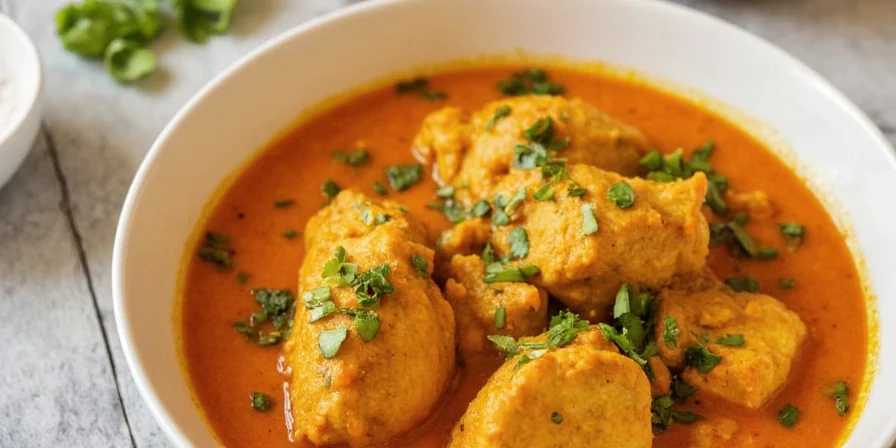
Spice Talk: The Role of Indian Spices
One of the most fascinating parts of this recipe is how each spice plays a unique role in creating the flavor profile. Let’s break down the spice lineup:
- Cumin Seeds: These little flavor bombs release a nutty, earthy aroma when toasted. They’re often the base of many Indian curries.
- Turmeric: Known for its vibrant yellow color, turmeric also has anti-inflammatory properties. It’s the backbone of many South Asian dishes.
- Garam Masala: This is the finishing touch. It’s a complex blend of ground spices like cinnamon, cardamom, cloves, and black pepper. Each region in India has its own version!
- Paprika: Adds a subtle sweetness and brightens the color. It’s optional but recommended for presentation.
Here’s a quick table comparing common Indian spices used in this dish:
| Spice | Flavor Profile | Best Use |
|---|---|---|
| Cumin Seeds | Earthy, nutty, slightly bitter | Tempering in hot oil at the start |
| Turmeric | Warm, peppery, earthy | Add early for color infusion |
| Garam Masala | Complex, sweet-spicy, aromatic | Add near end to preserve fragrance |
| Paprika | Mild, slightly sweet, fruity | Add for visual appeal and mild warmth |
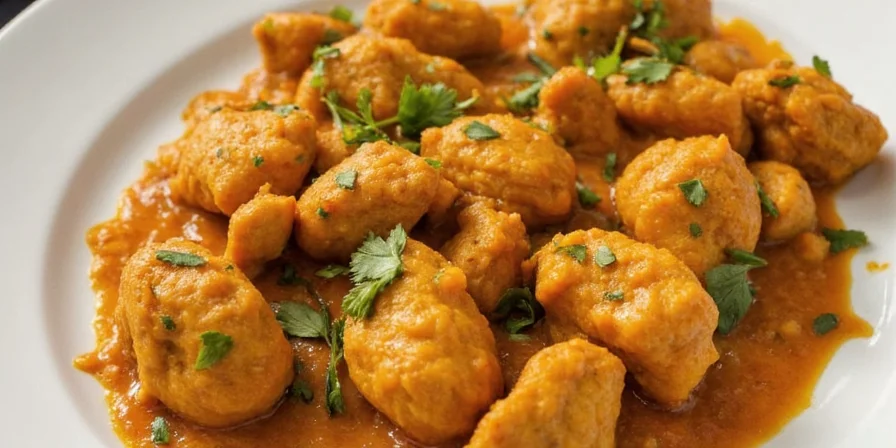
Serving Suggestions & Flavor Pairings
Now that your Indian Butternut Chicken is ready, let’s talk about how to serve it for maximum enjoyment:
- Pair with Naan or Roti: Warm flatbreads are perfect for scooping up every last bit of sauce.
- Rice lovers unite: Serve over basmati rice or jasmine rice for a comforting bowl of goodness.
- Add a crunch: Top with toasted cashews or slivered almonds for added texture.
- Herb it up: A sprinkle of fresh cilantro adds brightness and freshness.
- Dairy contrast: A dollop of plain yogurt or raita helps balance the richness and spices.
Want to go global? Try these unconventional pairings:
- Quinoa Bowl: For a protein-packed, gluten-free alternative to rice.
- Pita Bread: Great for dipping or wrapping leftovers for lunch the next day.
- Pickled Vegetables: Tangy pickles cut through the richness beautifully — especially mango pickle!

Make-Ahead Magic & Storage Tips
The beauty of Indian dishes like this one is that they often taste better the next day. Here’s how to store and reheat your Indian Butternut Chicken like a pro:
- Refrigerator Storage: Keep in an airtight container for up to 4 days. Reheat gently on the stove or in the microwave.
- Freezing Option: Freeze for up to 3 months. Thaw overnight in the fridge before reheating.
- Meal Prep Hack: Make a double batch and portion out meals for the week — perfect for busy days!
Pro tip: Add a splash of water or broth when reheating to restore the creamy consistency.
Common Mistakes & How to Avoid Them
We’ve all been there — eager to recreate a restaurant-quality dish only to run into a few hiccups. Here are some common mistakes people make with this recipe and how to dodge them:
- Burning the garlic or ginger: Cook on medium-low heat and stir constantly once added.
- Using too much salt: Taste before adding extra salt — the garam masala and coconut milk already add flavor.
- Overcooking the squash: Cube uniformly and check after 25 minutes to avoid mushiness.
- Adding garam masala too early: Wait until the end — it’s meant to be aromatic, not boiled away.
- Forgetting to adjust spices: Every palate is different — taste and tweak as you go!
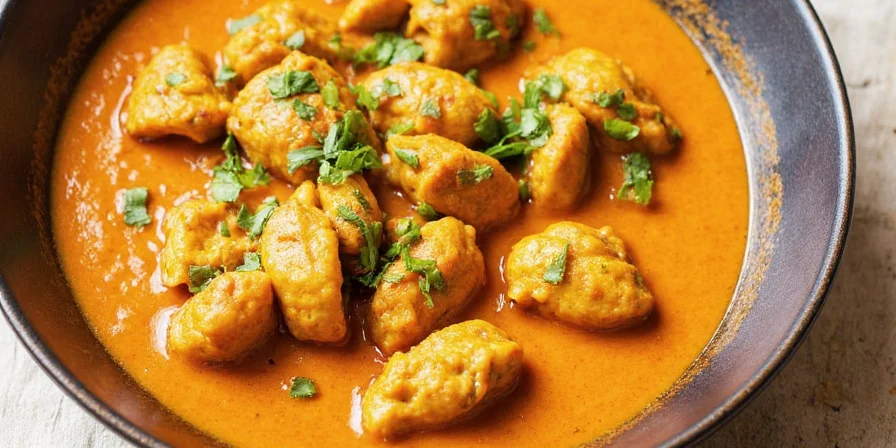
Conclusion: Your Ticket to a Spicy Global Feast
There you have it — your complete guide to making a globally inspired, spice-filled masterpiece right in your own kitchen. The Indian Butternut Chicken recipe is more than just food; it’s a passport to the bustling streets of India, a warm hug from tradition, and a canvas for your personal culinary flair.
So go ahead, crank up the heat (literally), grab those spices, and let your kitchen become a stage for the world’s most beloved flavors. Happy cooking!

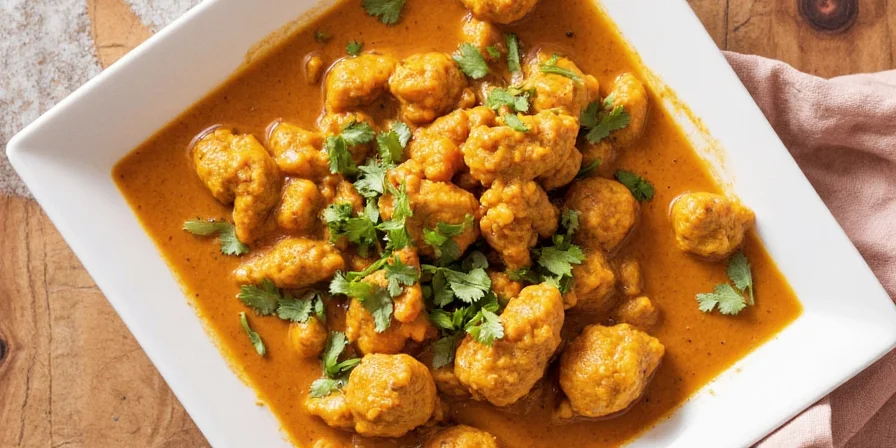









 浙公网安备
33010002000092号
浙公网安备
33010002000092号 浙B2-20120091-4
浙B2-20120091-4